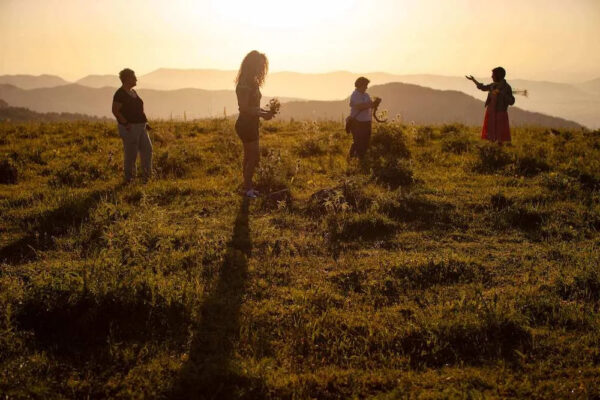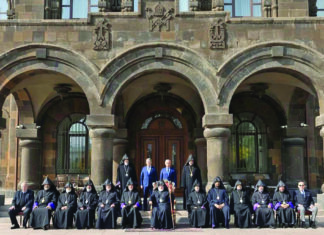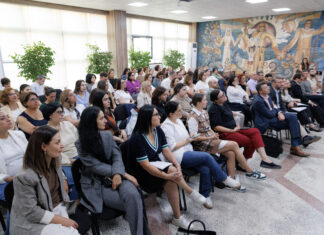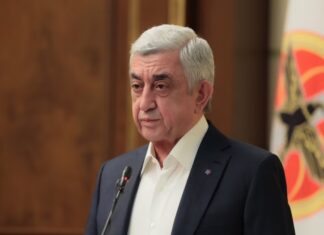NEW YORK — Emily Mkrtichian’s important and timely documentary feature, “There Was There Was Not,” tells the recent and tragic history of Artsakh through the lives of four remarkable women whose attempts to bring progress to their communities abruptly end with they must flee because of the ethnic cleansing perpetrated by Azerbaijan.
Rather than show bombs and wartime violence, Mkrtichian delves deep into the lives of minesweeper Svetlana Haratunyan, aspiring politician Siranoush Sargsyan, feminist activist Gayané Hambardzumyan, and world-class judo competitor Sose Balasanyan. Four women different in age, background, and profession, but who all share one thing in common: an unshakable love for Artsakh.
The film recently had a one-week New York theatrical run at the DCTV Firehouse Cinema.
“There Was There Was Not” derives its much of its strength from the director’s inspired choice of protagonists. Mkrtichian lived in Artsakh and she wisely chose these women over time: “It happened organically, as I spent more and more time in Artsakh. I met Sveta, Gayané and Siranush through mutual friends. And Sose I met while teaching a filmmaking workshop at the TUMO center in Stepanakert. My students chose her as the subject of their short documentary, and I immediately knew that I wanted to spend more time with her.”
Mkrtichian has kept in close touch with the four women, and notes that three of them are now living in Yerevan, Armenia, while Siranush is currently pursuing a degree in Human Rights at NOVA University in Lisbon. Rather than shoot a follow up documentary on their lives today, Mkrtchian’s next project focuses on building what she calls a participatory archive of Artsakh: “a living record of memory, maps, and stories from those who were displaced.”
Mkrtchian grew up in Seattle, where the Armenian community was quite small. She studied creative writing and later completed a graduate program at Fordham University before deciding to join Birthright Armenia.









